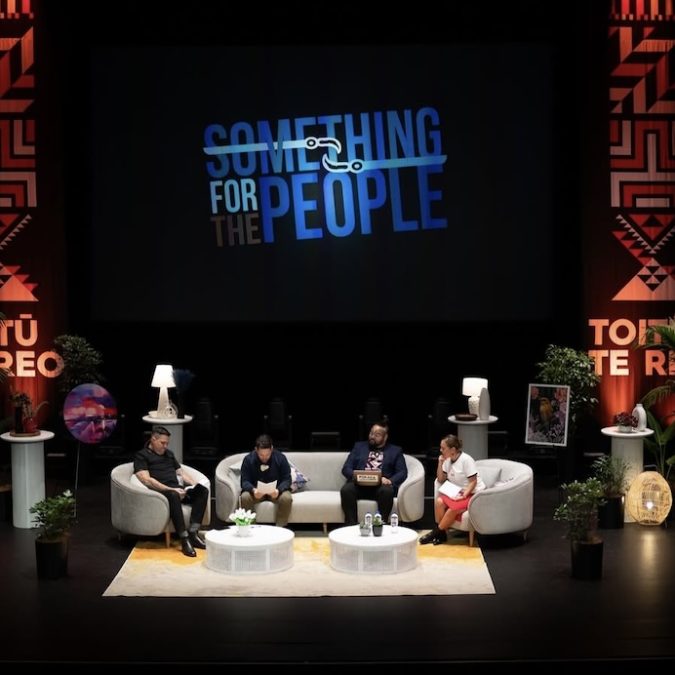Greening the concrete jungle: three of the world’s smartest, most sustainable buildings

How can we transform the way we live and work every day – in healthier, innovative and smarter ways – to build a pathway to a more sustainable future?
By 2030, the United Nations expects that 60 percent of the world’s population will be living in urban areas. And making our cities and communities sustainable is one of the global goals outlined in the United Nations 2030 Agenda for Sustainable Development, which calls for a worldwide commitment to sustainability.
Buildings account for over 30 percent of global greenhouse gas emissions. Creating healthier and safer buildings through thoughtful design and construction can help combat the huge challenges of climate change and rapid urbanisation.
The global green building sector is continuing to double every three years, according to the World Green Buildings Trends Smart Market report 2016. Energy efficiency continues to be the main motivating factor in the production of sustainable buildings.
Other benefits include the improved health and happiness of people, waste reduction and the lower cost of recycled building materials.
Sustainable building design serves multiple purposes beyond how a building looks – it is also how a building functions, solves a problem and serves a purpose. Here are three different sustainable buildings that demonstrate this concept.
1) The Flagship Education Centre, Auckland, New Zealand
Local charity Sustainable Coastlines’ unique building The Flagship Education Centre, located in the heart of Auckland’s waterfront, was awarded the National Energy Globe Award for showcasing sustainable building solutions and is aiming to become ‘Living Building’ certified – the world’s most rigorous building standard certification.
The purpose-built education, events and training centre educates people in the community about protecting our coastlines and waterways.

“We found that over the years we’ve needed a place that is immersive, a place that can inspire people and engage them with the cause,” says general manager Camden Howitt. “The Flagship embodies our values and visions within the building itself.”?


The Flagship was repurposed from the innovative Samsung Home Smart Home, which was gifted to the organisation, and is made up of 85 percent salvaged and recycled non-toxic materials. Old shipping containers make up the core structure of the building. The construction process created positive environmental and social outcomes, such as the reduction of waste to landfill and the community involvement of prisoners from Paremoremo prison, who helped repurpose over 2,500 shipping pallets and also improved their future job prospects.
Other interesting features of this transportable building include an insulated green roofing system that reduces the roof’s surface temperature, composting toilets, a carpark that has been replaced with bicycle racks and community gardens.
The goal of becoming a certified ‘Living Building’ involves meeting seven standards of performance – place, water, energy, health and happiness, materials, equity and beauty. Living Buildings use a regenerative design concept and are amongst the healthiest buildings in the world.
2) ‘The Edge’ Office Building, Amsterdam, Holland
The Edge, an office building in Amsterdam’s business district, reflects the sustainable benefits of smart technology. The building earned the highest sustainability score of 98.36 by BREEAM (Building Research Establishment Environmental Assessment Method) for its cutting edge technology and innovative design in 2016.
The Edge uses an energy management system of about 28,000 sensors to monitor temperature, heat, light and movement within the building. Using a smartphone app, workers can control the temperature and lighting at their workspace. In addition, the building uses solar panels, is naturally ventilated and uses rainwater for the toilets and to water the gardens.

Perhaps the smartest aspect of the building is the future benefits of using advanced technology to transform workspaces into healthier and happier places for occupants and to protect the environment for years to come.
3) Parkroyal on Pickering Hotel, Singapore
Singapore is known as the ‘garden city’ and for good reason – more than 40 percent of it is covered by greenery. The Parkroyal on Pickering Hotel, situated in front of Hong Lim Park, was awarded the nation’s highest green rating – the BCA (Building & Construction Authority) Green Mark Platinum award for its design in 2013.
The Parkroyal on Pickering reflects a ‘hotel in a garden’ design concept and features waterfalls, solar powered sky-gardens, green walls and a water recycling system. Fifty different varieties of plants flourish throughout this stunning sustainable building.
.jpg)
The hotel’s tropical plants provide benefits such as producing oxygen and absorbing carbon dioxide as well as protecting against noise and radiation. The creation of these ‘green spaces’ in urban areas helps cool cities down and provides people with a connection to the natural world.

As for the future of transforming our cities and communities, the words of former United Nations Secretary-General Ban-Ki Moon come to mind: “Together we can build a world we want, a world we are proud to leave our children and grandchildren.”




